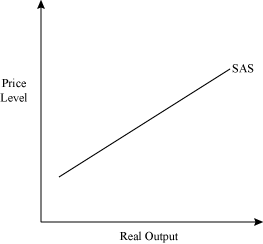Philips Curve
•Trade off between inflation and unemployment only occurs in the short run.
1) Short-Run Philips Curve (SRPC)
•There is an inverse relationship between inflation and unemployment.
•it has a relevance to Okun's law.
•since wages are sticky, inflation changes move the points on the SRPC
•if inflation persists, and the expected rate of inflation rises, then the entire SRPC moves upward which causes stagflation.
•if inflation expectations drop due to new technology or economic growth, then the SPRC will move downward.
•AS shocks can cause both higher rates of inflation and higher rates of unemployment.
•Supply shocks rapid and significant increases in resource cost.
Misery Index
A combination of unemployment and inflation in any given year.
Single digit misery is good.
2) Long-Run Philips Curve (LRPC)
Natural rate of unemployment
-4-5% (full employment)
If the natural rate of employment changes, the vertical line changes
•it is represented by a vertical line.
•there is no trade off between unemployment and inflationary in the long run
•the economy runs at a full employment level.
• LRPC will only shift if the LRAS curve shifts otherwise it is assumed to be stable.
Major LRPC assumption
More worker benefits create higher natural rates and fewer worker benefits create lower natural rates.
